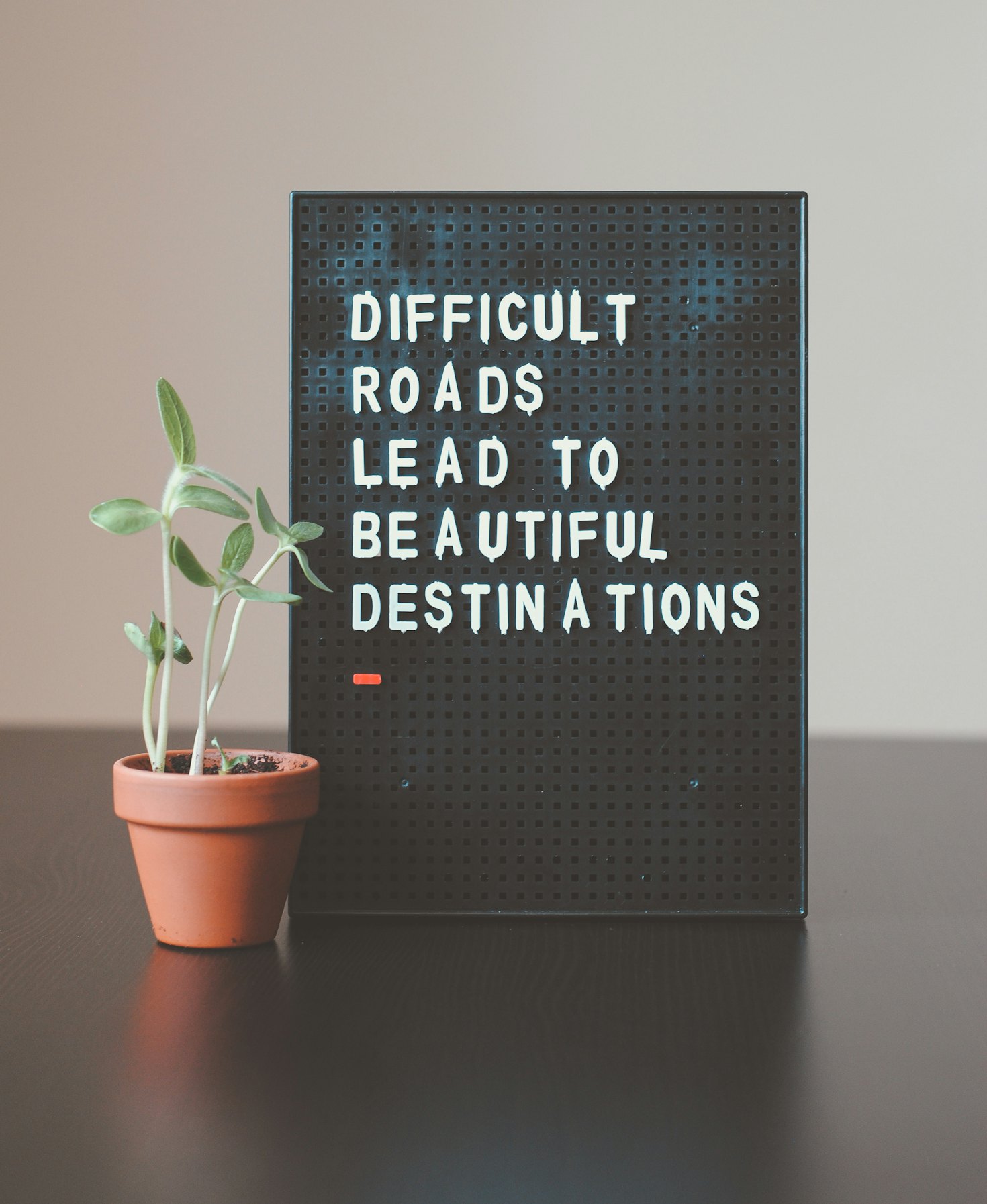Mindfulness Tools for Daily Practice: A Two-Part Guide
Introduction
Mindfulness is the practice of being fully present in the moment, aware of your thoughts, emotions, and surroundings without judgment. Incorporating mindfulness into your daily life can help reduce stress, improve focus, and enhance overall well-being. This two-part guide introduces practical mindfulness tools and provides actionable steps to make mindfulness an integral part of your day.
Part 1: Essential Mindfulness Tools
1. Breathing Techniques
Breath awareness is a foundational mindfulness tool that calms the mind and anchors you in the present.
- Action Steps:
- Deep Breathing:
- Inhale for a count of 4, hold for 4, and exhale for 4. Repeat for 2–3 minutes.
- Box Breathing:
- Inhale for 4 counts, hold for 4, exhale for 4, hold for 4. Continue for 5 minutes.
- Mindful Breathing:
- Observe the sensation of your breath entering and leaving your body.
- Deep Breathing:
2. Body Scan Meditation
Body scan meditation helps you tune into physical sensations and release tension.
- Action Steps:
- Find a quiet place to sit or lie down.
- Close your eyes and bring attention to your toes, gradually moving upward to your head.
- Observe any sensations, tension, or discomfort without judgment.
3. Mindful Observation
Engage your senses to fully experience your environment.
- Action Steps:
- Choose an object (e.g., a flower or a cup of tea).
- Focus on its color, texture, smell, and shape.
- Avoid labeling or analyzing—just observe.
4. Journaling for Reflection
Writing your thoughts helps you process emotions and reflect on your day.
- Action Steps:
- Set aside 10 minutes each day for journaling.
- Use prompts like:
- “What am I grateful for today?”
- “What emotions did I experience?”
- Reflect on patterns or recurring themes in your entries.
5. Gratitude Practice
Gratitude shifts your focus to positive aspects of life, enhancing mindfulness and well-being.
- Action Steps:
- Write down 3 things you’re grateful for each morning or evening.
- Be specific, focusing on small details (e.g., “I’m grateful for the warmth of the sun on my face”).
- Share your gratitude with someone else when possible.
6. Guided Meditations
Guided meditations offer structured mindfulness practices led by audio or video resources.
- Action Steps:
- Use apps like Headspace, Calm, or Insight Timer.
- Choose a meditation based on your needs (e.g., relaxation, focus, or gratitude).
- Practice daily for 5–20 minutes.


Part 2: Integrating Mindfulness into Daily Life
1. Mindful Morning Routine
Start your day with intention and clarity.
- Action Steps:
- Wake up 10 minutes earlier for a short mindfulness exercise (e.g., breathing or journaling).
- Set an intention for the day, such as “I will stay present in my tasks.”
- Eat breakfast mindfully, focusing on the taste, texture, and aroma of your food.
2. Mindful Work Practices
Bring mindfulness into your professional life to reduce stress and improve productivity.
- Action Steps:
- Single-Tasking:
- Focus on one task at a time, avoiding multitasking.
- Pause Between Tasks:
- Take a few deep breaths before starting a new activity.
- Mindful Breaks:
- Set an alarm to pause every hour for a 1-minute mindfulness check-in.
- Single-Tasking:
3. Mindful Communication
Improve relationships by being fully present in your interactions.
- Action Steps:
- Listen without interrupting or planning your response.
- Observe the speaker’s tone, words, and body language.
- Pause before replying to ensure your response is thoughtful and aligned.
4. Mindful Movement
Incorporate mindfulness into physical activities to enhance your connection with your body.
- Action Steps:
- Practice yoga, Tai Chi, or Qigong with a focus on breath and movement.
- Take a mindful walk, paying attention to your steps, surroundings, and sensations.
- Stretch mindfully, noticing how each movement feels in your muscles and joints.
5. Evening Reflection
End your day with mindful reflection to consolidate your practice and promote restful sleep.
- Action Steps:
- Reflect on your day using questions like:
- “What moments stood out to me?”
- “How did I stay present today?”
- Practice a short gratitude meditation, focusing on positive moments.
- Release any tension or unresolved thoughts through journaling or deep breathing.
- Reflect on your day using questions like:
Daily and Weekly Practices
Daily Practices:
- Start with 5 minutes of mindful breathing each morning.
- Take at least one mindful walk or break during the day.
- Reflect and journal for 10 minutes in the evening.
Weekly Practices:
- Dedicate 20–30 minutes to a longer mindfulness session (e.g., guided meditation or yoga).
- Review your mindfulness progress and set intentions for the upcoming week.
- Practice a digital detox for an hour or more to reduce distractions.
Overcoming Challenges
1. Lack of Time
- Solution: Incorporate mindfulness into existing routines (e.g., mindful eating or walking).
2. Difficulty Staying Focused
- Solution: Use guided meditations to stay on track and reduce distractions.
3. Inconsistency
- Solution: Set reminders and start with small, achievable goals to build a habit.
Conclusion
Mindfulness is a versatile and transformative tool that can be integrated into every aspect of your daily life. By using techniques like breathing exercises, journaling, and mindful movement, you can cultivate greater presence, reduce stress, and enhance overall well-being.
Start small, stay consistent, and watch as mindfulness transforms your daily experiences into moments of clarity, peace, and growth.

